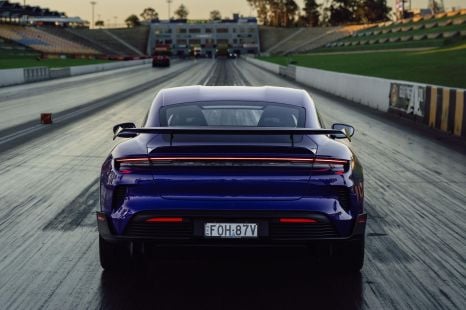

Toby Hogan
Banned! The car that’s too quick for Aussie drag strips
26 Minutes Ago
Citroen has axed its slow-selling C3 Aircross in Australia, though the high-riding C4 will be here during 2021.

News Editor
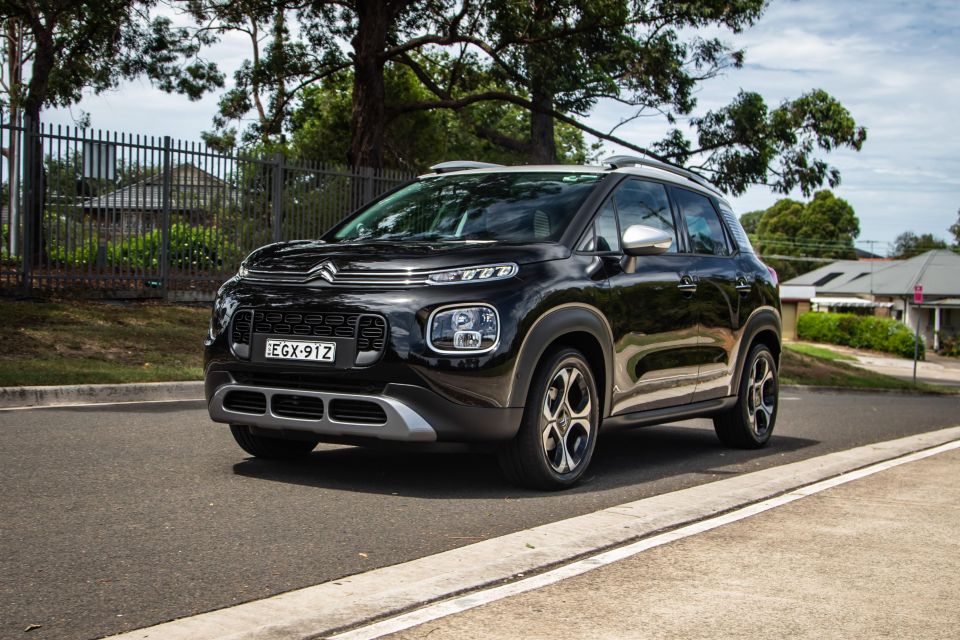

News Editor
Citroen is departing one of Australia’s fastest-growing segments, but it has committed to expanding its local model range.
The slow-selling C3 Aircross small SUV has been withdrawn from the local line-up, leaving only the similarly unpopular C3 and C5 Aircross.
The company says it has no plans to discontinue those models, and is instead working to give them some company.

“The Citroen C3 Aircross has been removed from the Australian line-up as we re-evaluate our range to ensure our product offering closely aligns with consumer expectations,” said a spokesperson for Citroen Australia.
“We look forward to strengthening and complementing the existing Citroen range with the introduction of the Citroen C4 later this year and we continue to work closely with the factory regarding evaluating the new Citroen C5 X for local introduction.”
As a replacement for the old C4 hatchback and C4 Cactus crossover, the new C4 features crossover-like styling.
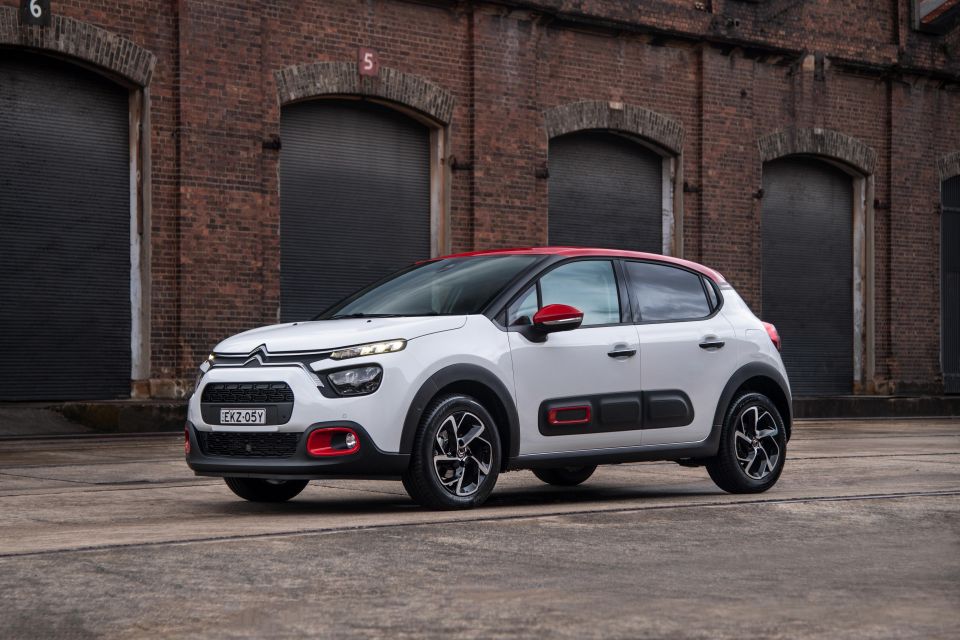

That means the C5 Aircross will still have a high-riding companion to slot underneath it in the local line-up.
Classified as a light SUV, the C3 Aircross was priced at the higher end of that segment.
It was offered in just one trim level, Shine, and wore a price tag of $34,990 before on-road costs.
That put it up against high-end versions of the Ford Puma, Nissan Juke and Volkswagen T-Cross.
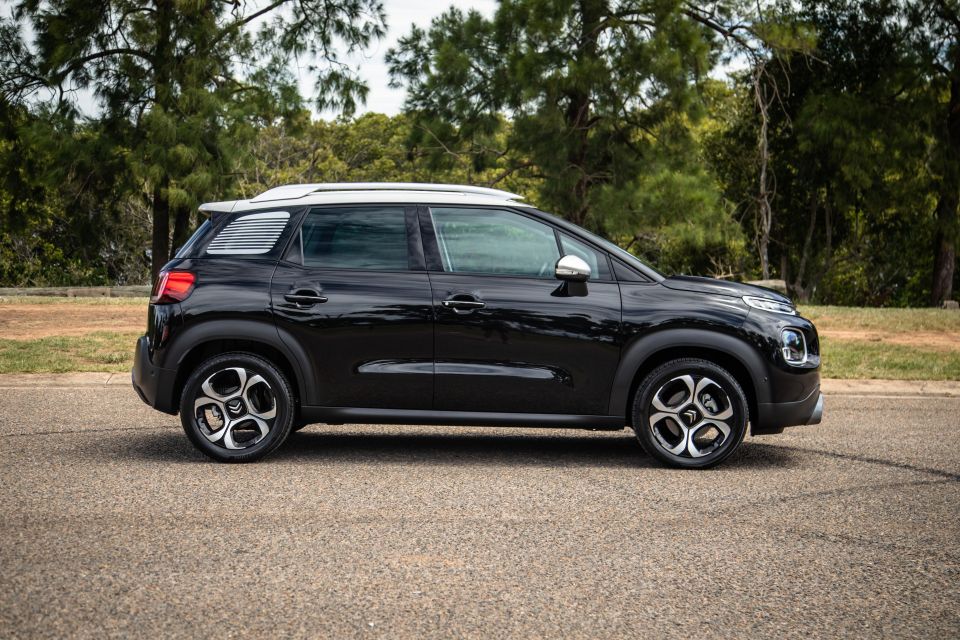
In 2020, Citroen sold just 65 units – its best year since its introduction in 2018 – while this year it sold just three as stock dried up. The company has only just removed it from the local website.
It sold better in 2020 than the cheaper C3 (47) but less than the C5 Aircross (89) and considerably less than any rival on sale for the whole year, and less, even, than some that weren’t like the Puma.
A facelifted version was revealed in February 2021, and Citroen Australia said at the time it was “working closely with the factory” to see if it could secure it for the local line-up but a local introduction never eventuated.
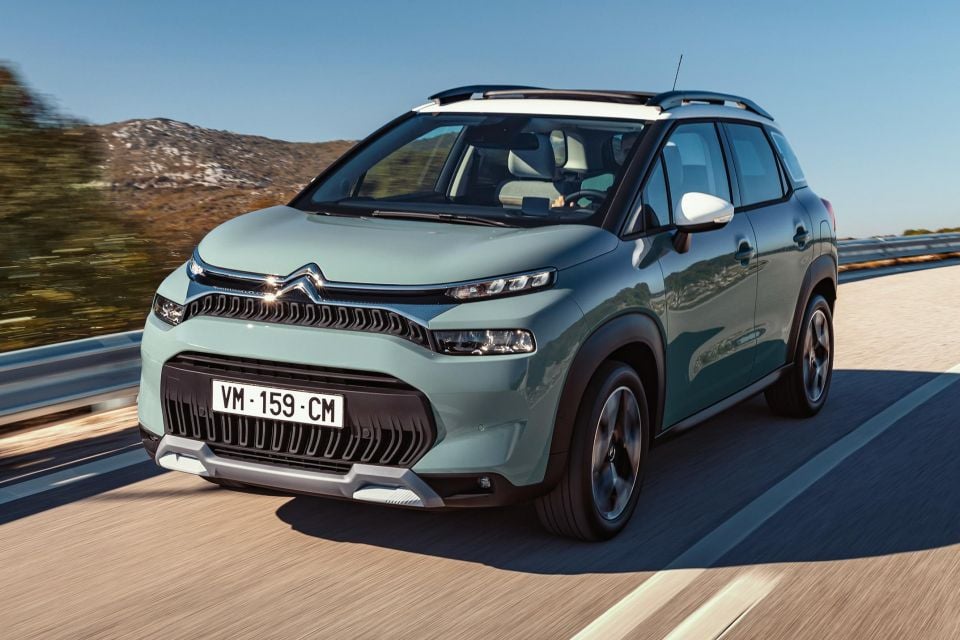
While pricing hasn’t been announced for the new C4, it may occupy a similar price range to the C3 Aircross.
Filings with the online Road Vehicle Certification System (RVCS) indicate two models could be offered: a turbocharged 1.2-litre three-cylinder with 96kW of power, and one with 114kW.
Both are mated with an eight-speed automatic transmission and front-wheel drive, and both are more powerful than the 81kW mill in the C3 Aircross.
The electric e-C4 hasn’t been confirmed for Australia.

The inclusion of an eight-speed automatic means cars with either petrol engine tune can offer adaptive cruise and lane-keeping assist.
In the Peugeot Citroen world the full suite of active assists is only offered in cars with an eight-speed automatic, not a six-speeder, which is why the Peugeot 2008 Allure misses out.
The C4 measures 205mm larger than the C3 Aircross however, while its genre-busting styling means it doesn’t have any direct rivals. The Renault Arkana, for example, is around 200mm longer.
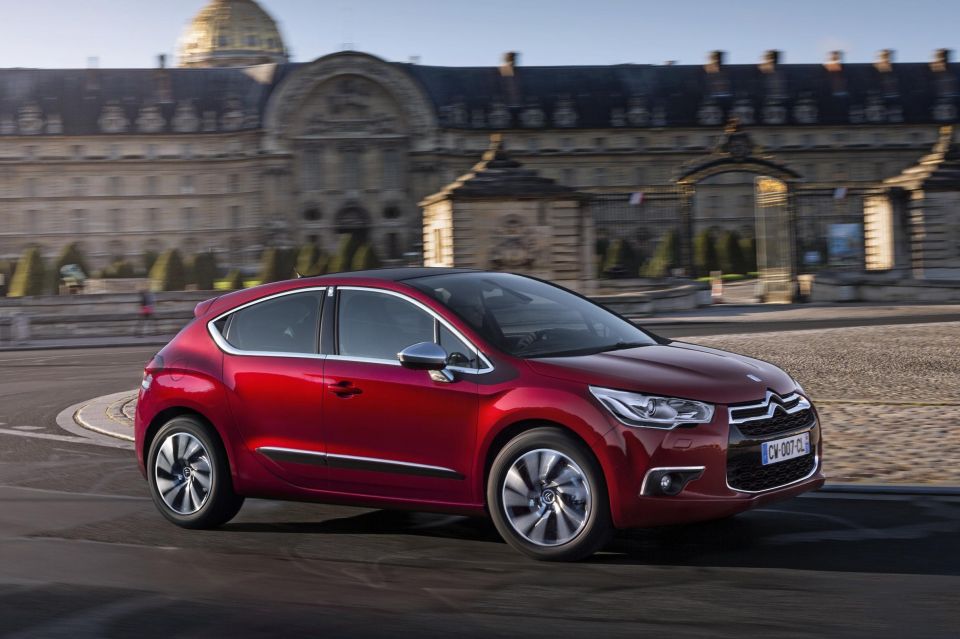
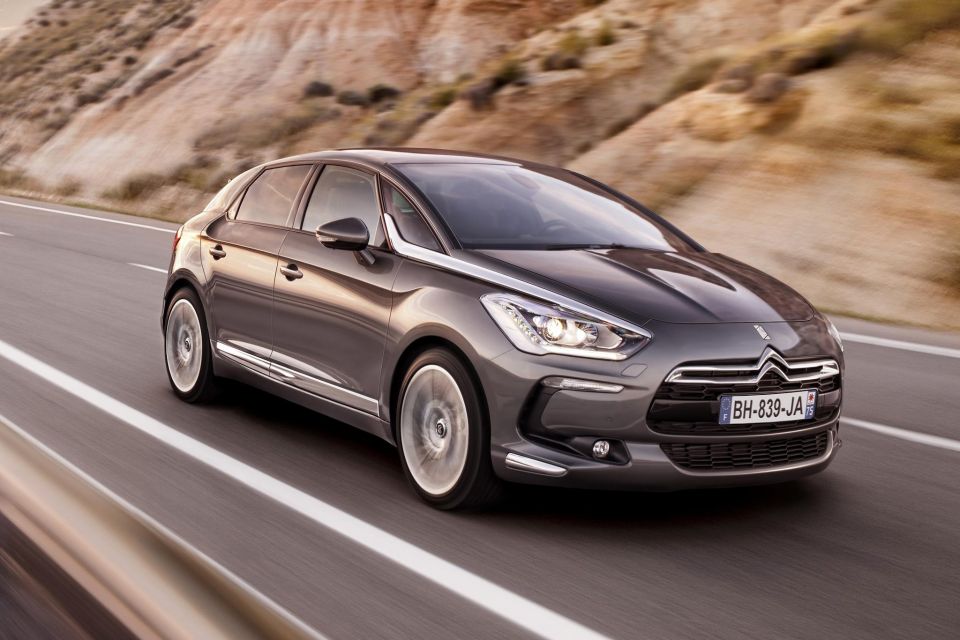
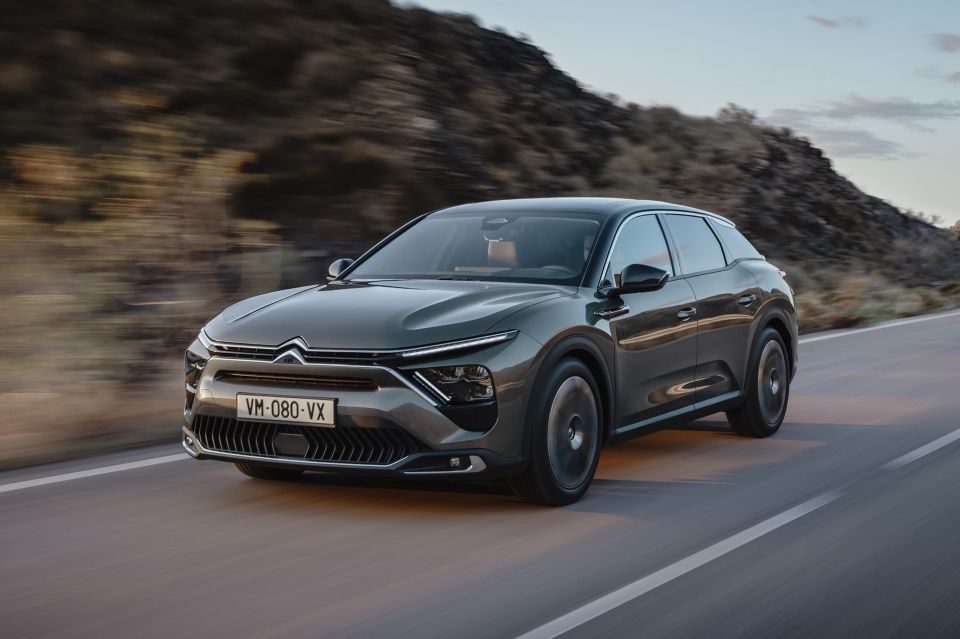
Citroen has offered similarly hard-to-categorise vehicles before, like the DS4 and DS5. The C5 X is visually similar, with styling that blends elements of traditional hatchback, wagon and crossover designs.
The company has emphasised comfort with the C4, with its suspension using the brand’s new Progressive Hydraulic Cushions.
These employ two hydraulic stops – one for rebound and one for compression – for a “flying carpet” effect.
Though it’s 107mm longer and 19mm wider than a Peugeot 308, it doesn’t use that car’s EMP2 platform.
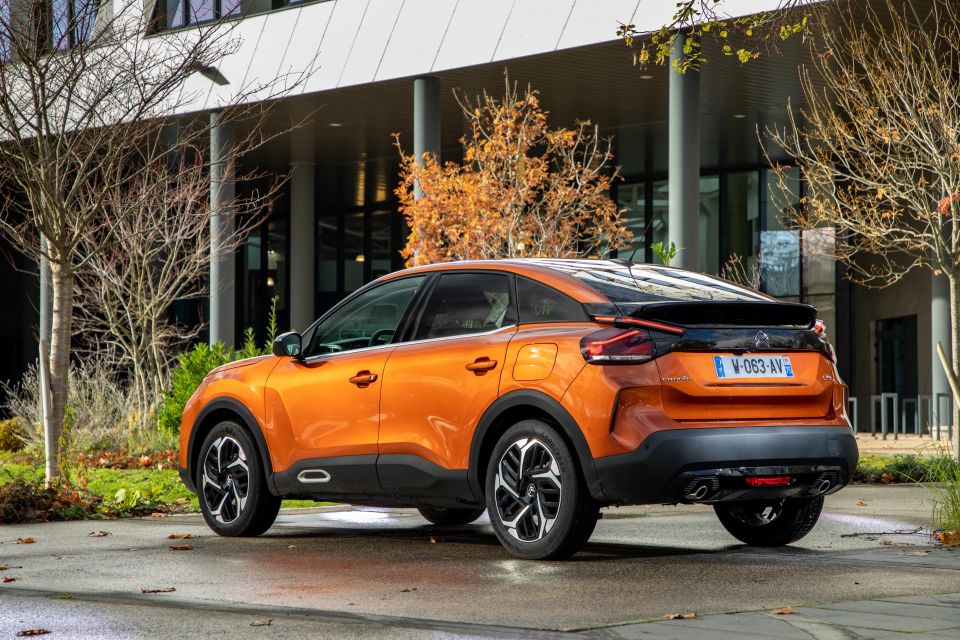
Instead, it’s based on the smaller Peugeot 208 and 2008’s EMP1 platform, much like how the Volkswagen Golf-sized Skoda Scala is based on the Polo‘s MQB A0 architecture.
The last time Citroen offered the C4 in Australia it was a Volkswagen Golf-sized hatchback. Sales ended in 2015.
Where expert car reviews meet expert car buying – CarExpert gives you trusted advice, personalised service and real savings on your next new car.
William Stopford is an automotive journalist with a passion for mainstream cars, automotive history and overseas auto markets.


Toby Hogan
26 Minutes Ago
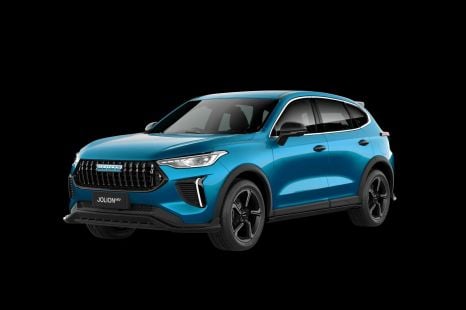

William Stopford
1 Hour Ago
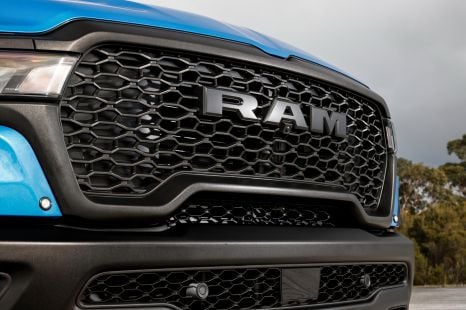

William Stopford
2 Hours Ago
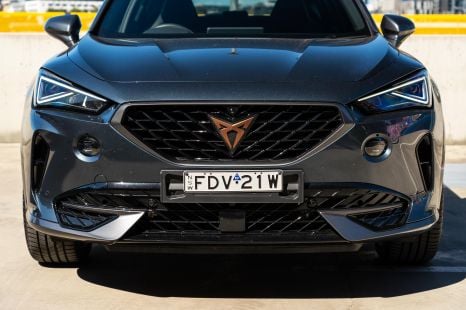

James Wong
4 Hours Ago
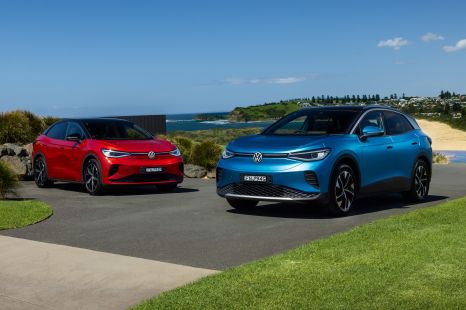

Damion Smy
5 Hours Ago
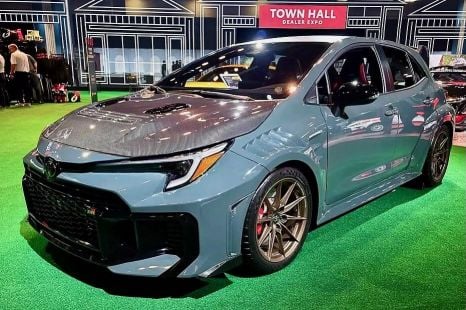

Ben Zachariah
6 Hours Ago